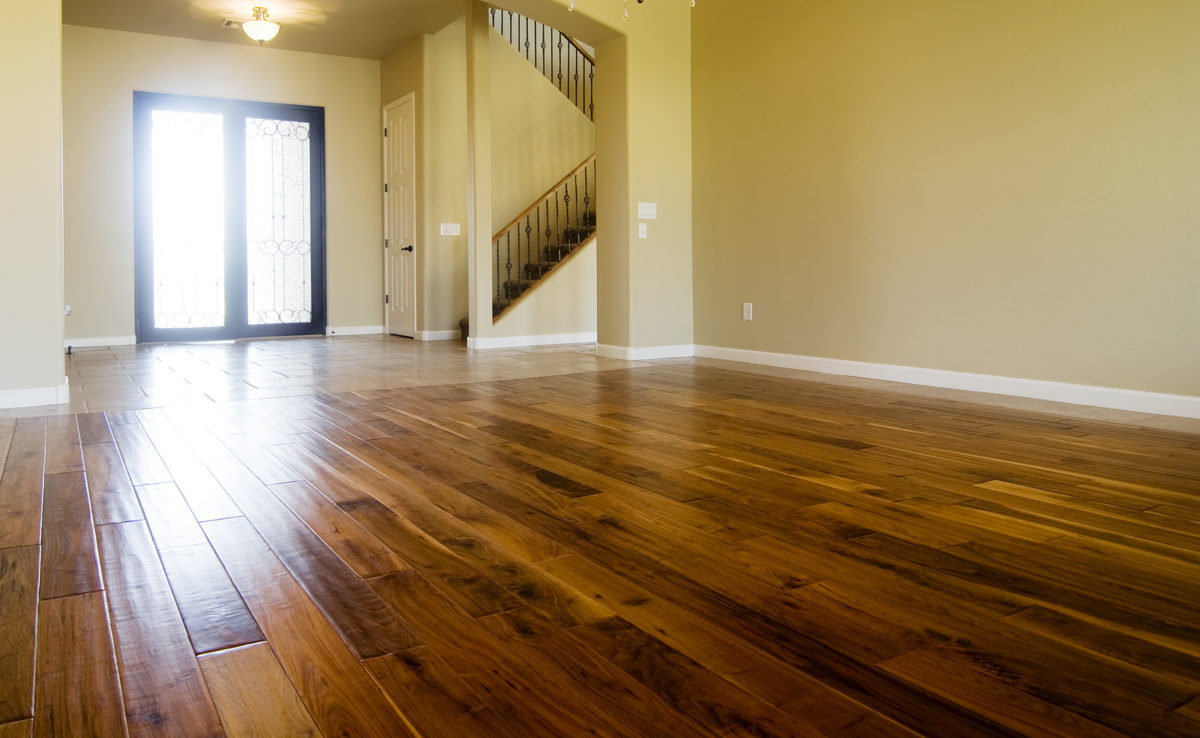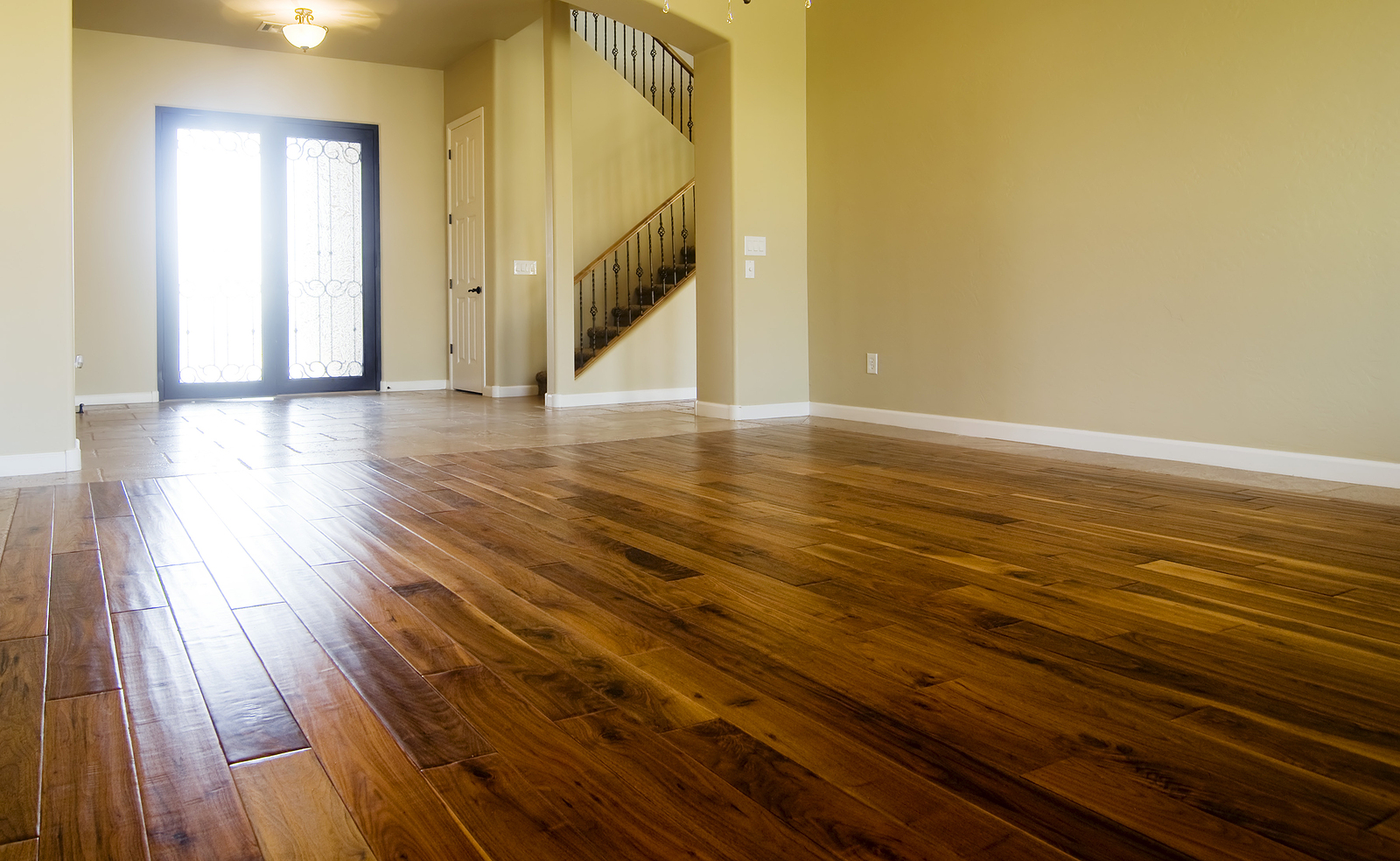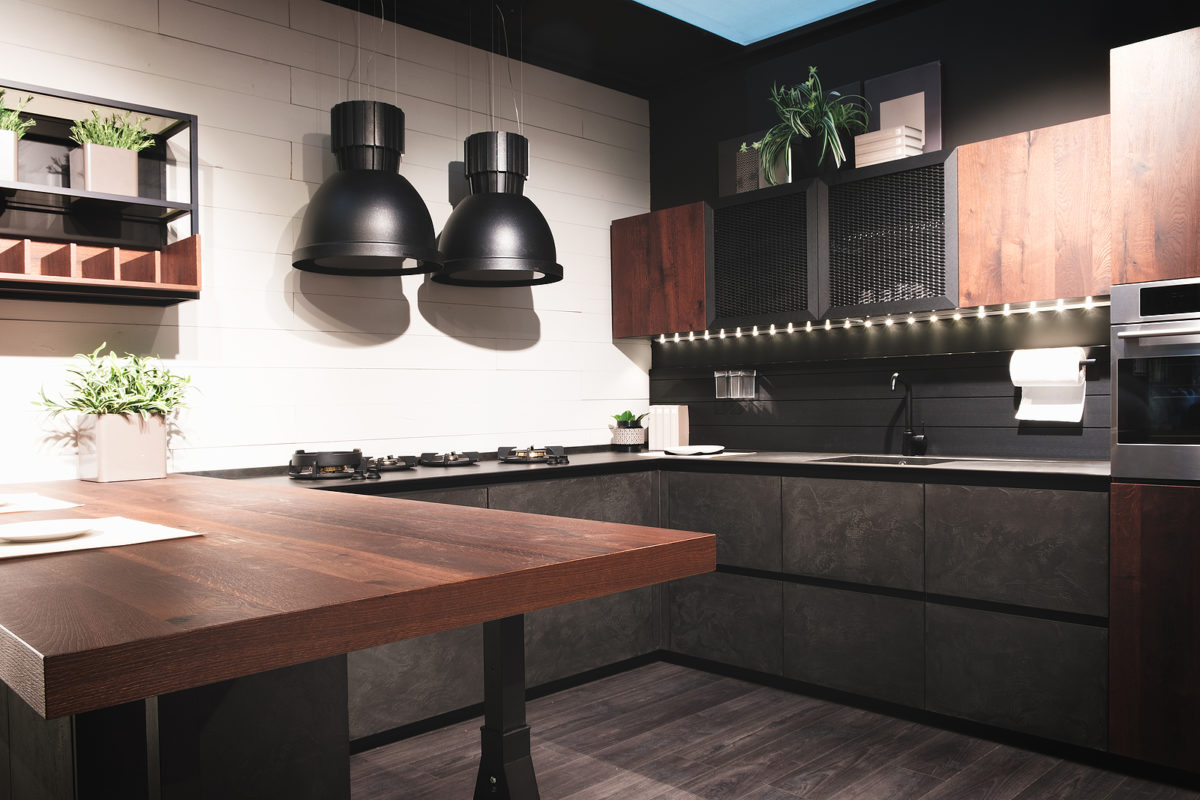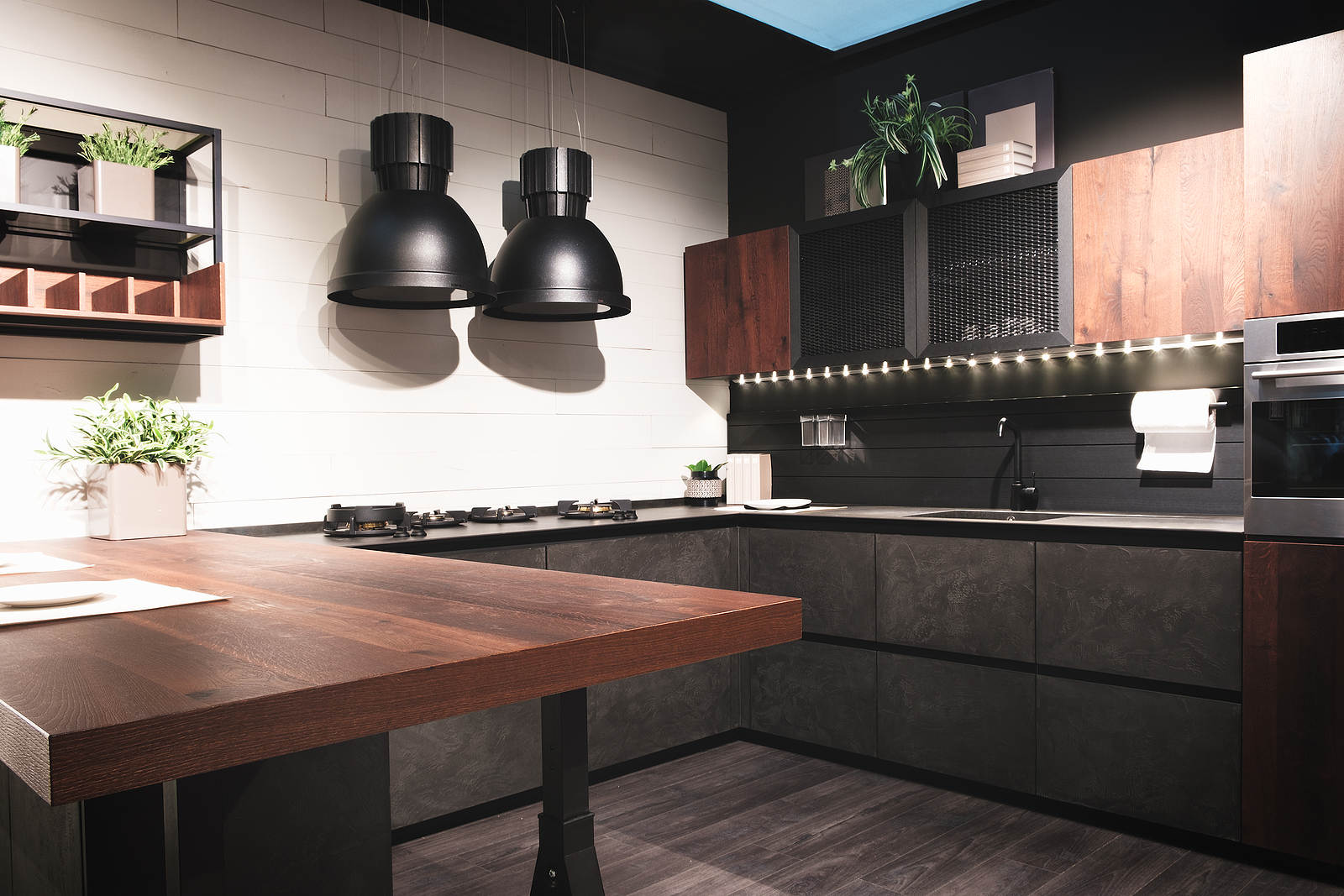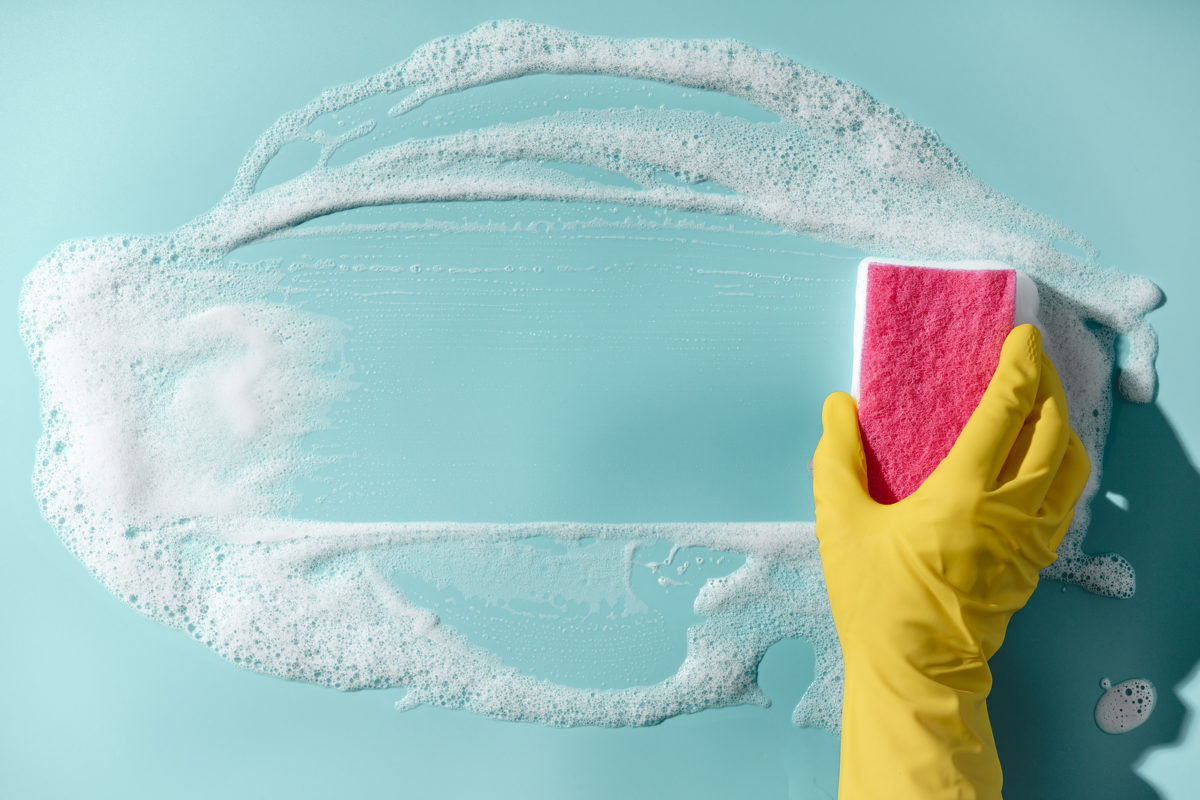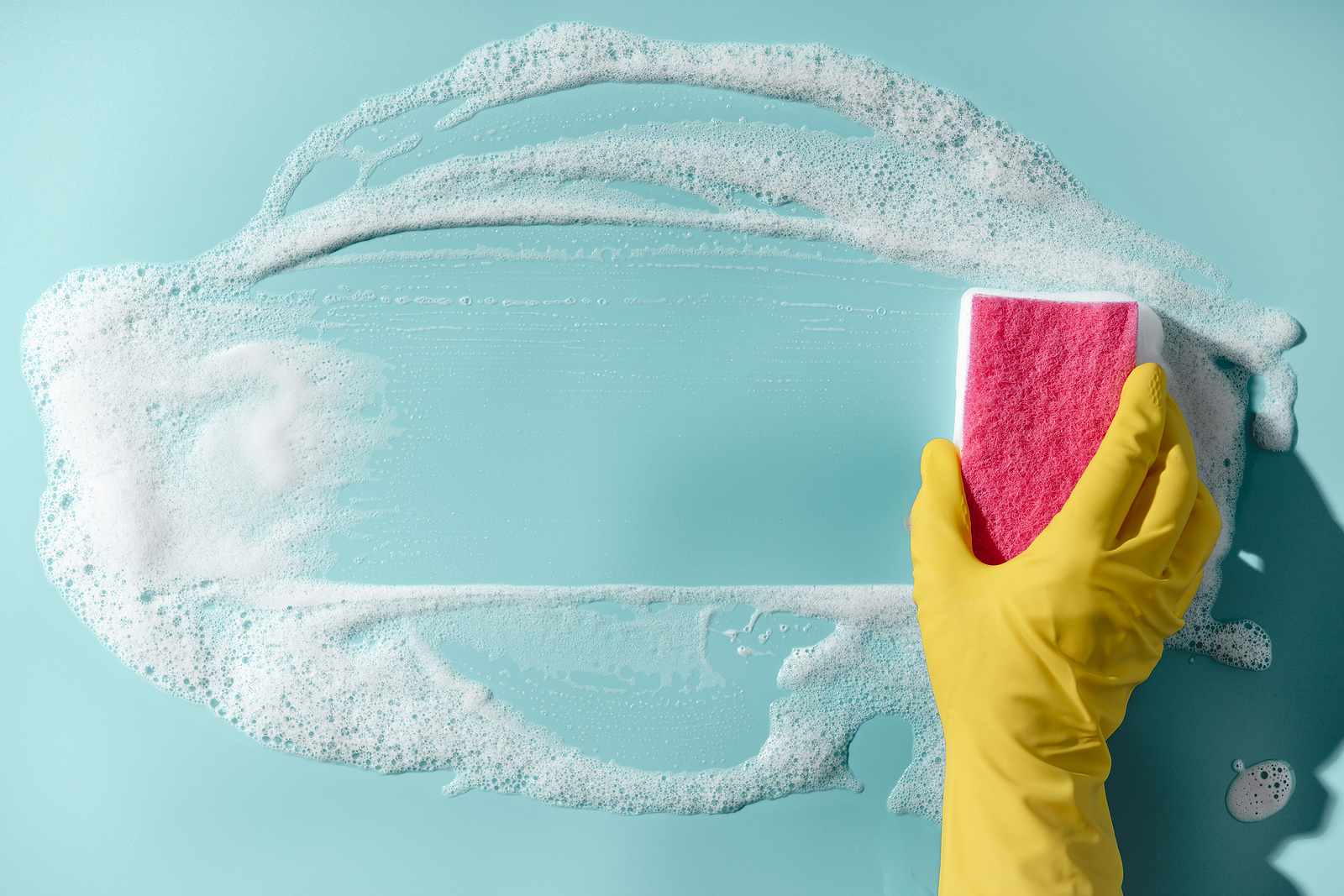There are a lot of misconceptions about the term “aging in place.” The biggest one seems to be that it describes a specific action. Take this definition, for instance, from Lena Katz at fool.com:
“Aging in place is when people stay in the homes they lived when they were raising children, long after their children have moved away, and continue to fend for themselves rather than downsizing or moving to a senior community.”
She considers this situation “problematic” and decries older Americans’ “fierce individualism and independence,” while suggesting they should move in with extended family to free up their homes for younger generations.
Aside from the issuance of glaring insults against an entire generation of Americans, she also gets the definition of “aging in place” entirely wrong.
Aging in place is, first, a decision, not an action. When it becomes the latter, it may or may not be carried out in the same home in which the older Americans raised their families. They frequently choose to sell the family home and buy a smaller abode in which to live out the rest of their days.
In fact, the National Association of REALTORS statistics bear that out. According to their research, last year baby boomers made up 33% of all homebuyers and 41% of all home sellers.
No other cohort is as active in the housing market as baby boomers.
So, no, these fierce individualists who are perfectly capable of “fending for themselves” are most certainly downsizing, upsizing and everything in between.
The fact is, “aging in place” is a term not specific to a certain place, but to a chosen one. And it’s not a senior living facility.
If you are in the process of choosing yours, or already have, we have some tips from the experts about what is most important to consider.
Insist on a single-level home
Sure, you may be the yoga queen at your gym or you might put Travolta to shame when you’re dancing to the syncopated rhythm on date night with the wife.
But there will most likely come a time when your knees won’t allow all those downward dogs and swiveling hip moves.
This is when “You should be dancing” turns into “You should be living in a home without stairs.”
As we age, we often feel it first in our knees. Even a single flight of stairs can seem like a monumental obstacle.
Do yourself a favor and make a vow to not even look at homes for sale that have an upper level or a flight of stairs to get to the front door.
Don’t ignore future mobility needs
It should come as no surprise that “… among older adults the need for mobility assistance increases as age increases,” according to a study published by Utah State University.
None of us knows if a wheelchair is in our future. The aforementioned study finds that only 10.3% of those under age 55 needed a wheelchair or other aid to move around. By the time we reach 75, however, we may become one of the nearly 43% who require help with mobility.
Understanding this is important if you hope to age in place. Most homes aren’t wheelchair friendly.
Hallways are typically 36 inches wide, which won’t accommodate a wheelchair. Those that are 42 to 48 inches wide will, according to the pros at NARI, the National Association of the Remodeling Industry.
A safe bathroom is a must-have
Falls are the leading cause of injury and death in older adults. According to the National Council on Aging:
“Every 11 seconds, an older adult is treated in the emergency room for a fall; every 19 minutes, an older adult dies from a fall.”
Many of these falls occur in the bathroom. The National Aging in Place Council (NAIPC) and the CDC offer the following tips when remodeling a home to age in place:
- Add grab bars next to the toilet and to the interior and exterior of your shower or tub.
- Install a raised toilet.
- Lower the sink.
- Remodel the shower so that it’s wheelchair accessible.
Feel free to reach out if you have any questions about purchasing the ideal age-in-place home.






